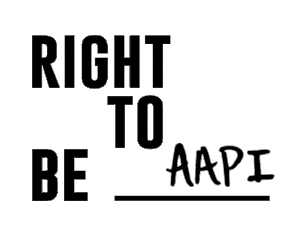To process pain, we must fully see and understand what’s going on.
Our pain can be personal. It can be linked to a singular event or moment in time. It can also stem from generational trauma. What do we mean by “generational trauma?” Well, scientifically speaking, the trauma of collective experiences that we understand as crimes against humanity – such as enslavement, genocide, the Holocaust, invasion, colonialism, and more – is passed down in human genes. Trauma can leave a chemical mark on a person’s genes, which is then inherited by subsequent generations. It’s not the same as a genetic mutation: the mark doesn’t directly alter the gene. Instead, it alters the way in which the gene expresses itself. That means when we build resilience in our current situation, we can potentially change how we code this moment into our genes, and how it will affect our children, grandchildren, and future generations.
Whatever the root of our pain is, sometimes we may find that we’d rather pretend our pain didn’t happen, doesn’t exist, or that we are actually “stronger” than our pain – “strong enough” that we don’t need to feel it at all. Other times, we may find that all we can see in either direction is pain. Joy feels unreal, illusory, impossible to grasp. Maybe we feel both these emotions at once.
Psychologists have a word for our occasional inability to embrace what’s happening in the present. They call it “dissociation,” and it’s a natural survival strategy our brains use to “check out” and avoid feeling anything at all, when feeling things is just too overwhelming. It might sound convenient not to have to deal with our feelings – but it isn’t ideal, because to process our feelings, we have to acknowledge and feel them. Dissociation can look like different things: for instance, always keeping busy, using alcohol or drugs, spacing out, overconsuming media…these are all probably somewhat familiar examples of ways we avoid our pain.
But remember this: there is power in naming what hurts…and what feels good.
Right To Be has built power in the movement for social justice by helping people recognize their pain, hurt, and self-blame around harassment. Pain can motivate us; it can teach us; it can even strengthen us.
But if we only sit in our pain, we’ll never find a way to be free from it. Just as there is power in naming our pain, there is also power in naming our pleasure. What works? What makes us feel strong? What gives us a sense of purpose?
We are resilient by understanding ourselves.






